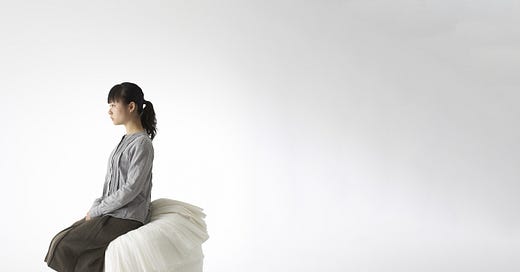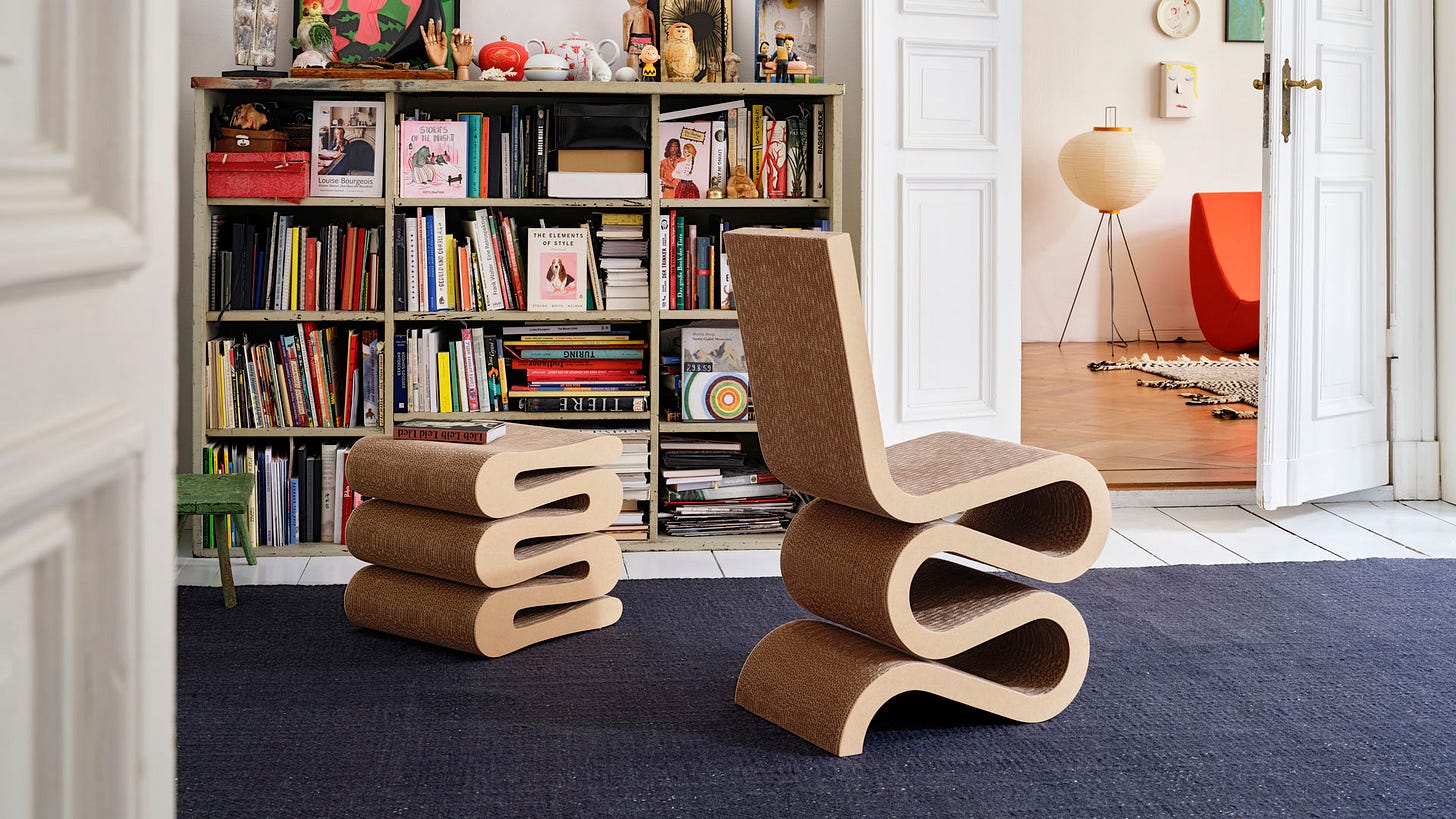We are seeing a return of a raw, construction, authentic, proletariat aesthetic within high design culture. One of the trendiest tote bags as of writing this is the Trader Joe's canvas tote. Men who’ve never worked with their hands wear Carhartt jackets and leather boats. Kitchens on Pinterest are filled with Mason jars and natural grain wood islands. In a world full of marketing, networking, and corporate jargon—authenticity has becomes a sought-after capital, and the raw, construction aesthetic has become method of signaling it.
The upper echelons of architectural academia seem to agree. Harvard’s GSD recently closed an exhibition entitled “Towards a Newer Brutalism” in which it explored contemporary architecture’s proclivity towards authentic material expression along with other brutalist tendencies. The forthcoming Log Magazine issue is on the same topic.
Furthermore, young designers are faced with an ever inaccessible design field in which luxurious expenditures feel more and more rare. We are looking for ways to produce deep poetics on a budget, and thus, a brutal and constructed aesthetic is the result. Cost has become architects and designers main concern,.
Thus I argue that our current design landscape yearns for new material and aesthetic solutions.
A spectre is haunting us—the spectre of PAPER.
Paper and cardboard as a material for construction meets all the tendencies listed above. It is aesthetically flexible, sustainable, durable, cheap, accessible, and materially honest.
If you are a young designers and you find that you can’t convince your wealthy friend’s parents to let you design their fourth summer home, you can always design and build the next best thing! A cardboard lounge chair.
This option was utilized to incredible success by one of America’s most prolific contemporary architect which will be discussed later!
To many, the use of cardboard or paper seems like a gimmick, some sort of goofy trend from the 70s that rightfully died in the past. It is not a material for high art or pretentious expression.
This contention is misguided. Paper products, have a rich history in the design profession dating back to the Victorian Era. This weeks post will cover the rich history of the use of paper and cardboard in high-design. and why it deserves a resurgence.
Enjoy,
- David Perrine
Keep reading with a 7-day free trial
Subscribe to On Architecture to keep reading this post and get 7 days of free access to the full post archives.




